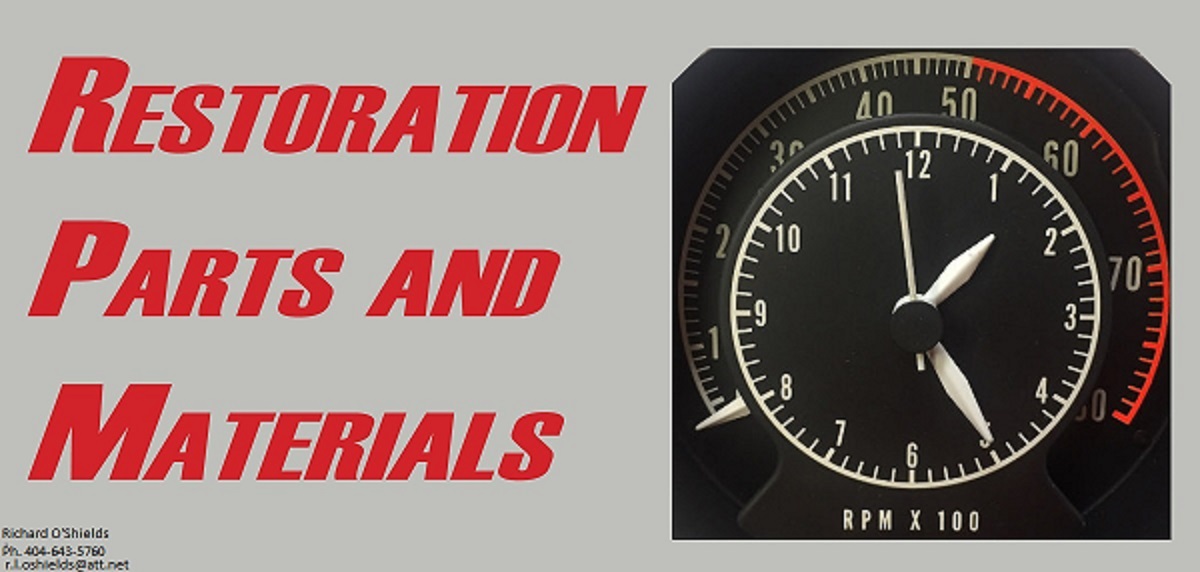thethee
Senior Member
Okay today was my first time using a timing light. My current initial timing was set at 19 degrees BTDC. I tried to back it off a bit towards 10 degrees but the RPM went down as I did. When I tried advancing the timing further the RPM went up! Vacuum advance was disconnected and plugged at the carb. Should I set it to 20 degrees? That feels like a lot.
Also, it was hard to get an accurate reading as the timing mark on the balancer kept jumping around with the timing light. Is this normal or does that point to a whole other problem? Or does that have something to do with the timing light itself?
Also, it was hard to get an accurate reading as the timing mark on the balancer kept jumping around with the timing light. Is this normal or does that point to a whole other problem? Or does that have something to do with the timing light itself?
















